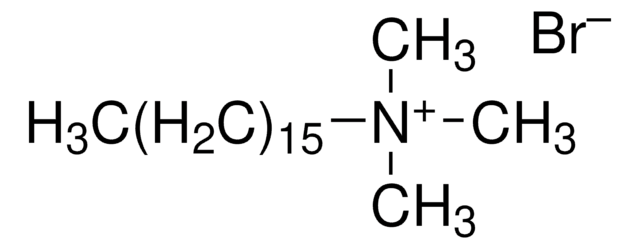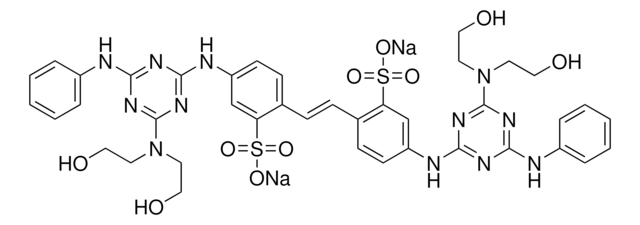D219
Monoclonal Anti-Dihydropyridine Receptor (α2 Subunit) antibody produced in mouse
clone 20A, ascites fluid, buffered aqueous solution
Synonym(s):
Anti-CACNA2, Anti-CACNL2A, Anti-CCHL2A, Anti-LINC01112, Anti-lncRNA-N3
About This Item
Recommended Products
biological source
mouse
Quality Level
conjugate
unconjugated
antibody form
ascites fluid
antibody product type
primary antibodies
clone
20A, monoclonal
form
buffered aqueous solution
mol wt
antigen 143 kDa (reduced)
antigen 220 kDa (non-reduced)
species reactivity
rat, mouse, rabbit, guinea pig
technique(s)
immunohistochemistry (frozen sections): 1:500
western blot: 1:500
isotype
IgG2a
UniProt accession no.
shipped in
dry ice
storage temp.
−20°C
target post-translational modification
unmodified
Gene Information
mouse ... Cacna2d1(12293)
rat ... Cacna2d1(25399)
General description
Specificity
Immunogen
Application
Western Blotting (1 paper)
- immunofluorescent histochemistry
- surface plasmon resonance binding
- immunohistochemistry (IHC)
- immunoblotting
Biochem/physiol Actions
Physical form
Other Notes
Disclaimer
Not finding the right product?
Try our Product Selector Tool.
Storage Class Code
10 - Combustible liquids
WGK
nwg
Flash Point(F)
Not applicable
Flash Point(C)
Not applicable
Personal Protective Equipment
Certificates of Analysis (COA)
Search for Certificates of Analysis (COA) by entering the products Lot/Batch Number. Lot and Batch Numbers can be found on a product’s label following the words ‘Lot’ or ‘Batch’.
Already Own This Product?
Find documentation for the products that you have recently purchased in the Document Library.
Our team of scientists has experience in all areas of research including Life Science, Material Science, Chemical Synthesis, Chromatography, Analytical and many others.
Contact Technical Service




